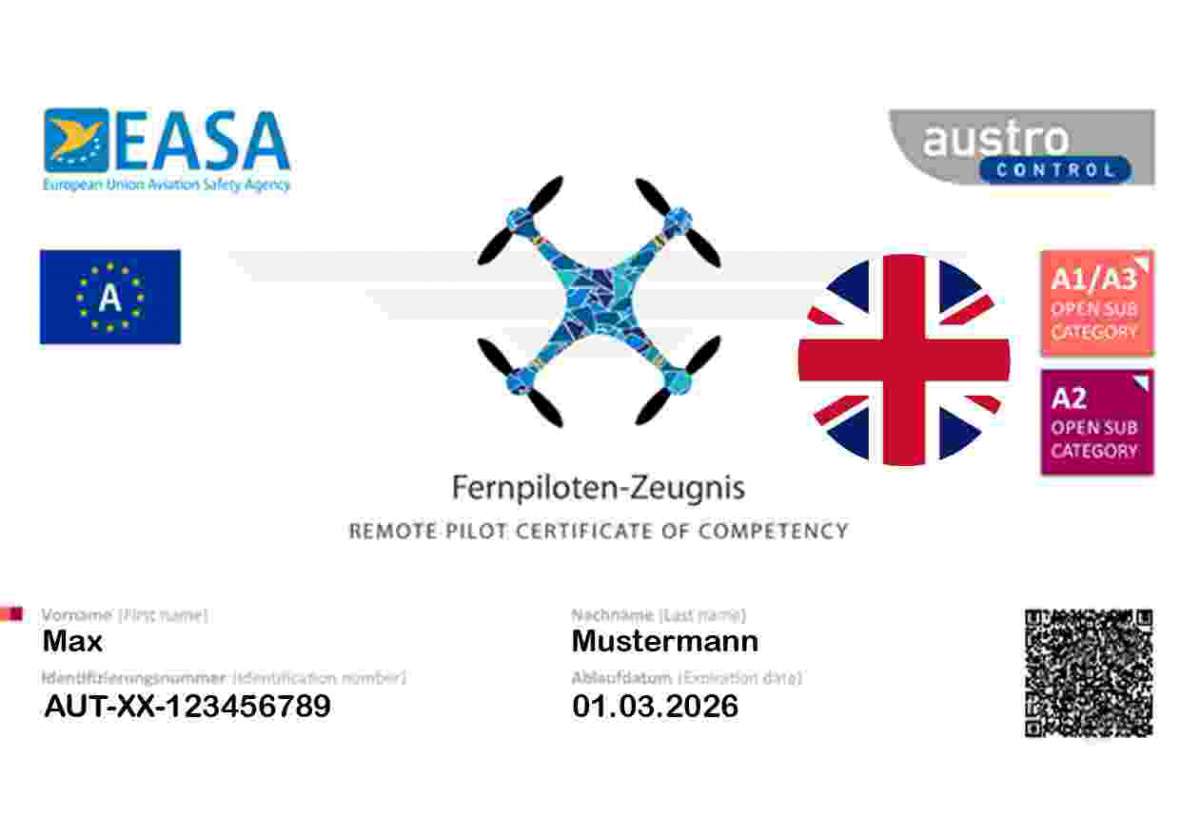
- #Canada drone pilot license exam questions how to#
- #Canada drone pilot license exam questions software#
- #Canada drone pilot license exam questions professional#
Think of the floor beneath your feet, if that helps you remember. The “floor” of any type of airspace is the lowest part of the airspace, or put differently, it’s where the airspace begins. I know memorizing the various facts & figures about different classes of airspace doesn’t make most folks jump out of bed in the morning with excitement, but I bet that passing the Part 107 test with flying colors most certainly will. Let’s start by accepting one simple fact – airspace questions will show up on your exam. MSL and the definition of the “floor” and “ceiling” of airspace. This question is specifically testing your knowledge of airspace classifications, specifically Class C, as well as your understanding of AGL vs. Although the configuration of each Class C area is individually tailored, what is typically the floor of Class C airspace in its outer ring?Ĭ) 1,200 ft above the airport elevation Explanation We highly recommend you explore our course before taking the exam, but even if you’re just looking for few more practice questions to build confidence and test your understanding of the material, we’ve got you covered!Ĭlass C airspace generally extends from the surface to 4,000 ft above the airport elevation, charted in MSL, in the center ring. What does that mean to you? It means that as long as you give yourself enough time to prepare, you get enough practice before test day, and you show up to the testing center prepared, you should be fine.ĭronegenuity offers a comprehensive Part 107 Test Prep course for folks without prior aviation or mapping experience. In our opinion, the FAA does a pretty good job of testing students on key topics, without overtly going out of their way to trick you and fail you. We’ve always believed that with enough prior preparation, anybody’s nerves can be calmed – that’s why we’ve gone ahead and come up with 10 completely custom practice questions with in-depth explanations that you can use to supplement your Part 107 Test preparation. The goal of the RotorBrains™ platform is to assist learners in developing the knowledge for passing the exam, and also develop a broader understanding of subjects for those who are interested in advancing to more complicated and futuristic operations.Preparing for an exam can be nerve-wracking, we get it.
#Canada drone pilot license exam questions professional#
For those looking for in-depth knowledge required for professional operations there is a considerable volume of material and over 500 questions available, of significant value to those who have a goal of building towards more advanced and complicated missions.
#Canada drone pilot license exam questions software#
The RotorBrains™ software is study at your own pace, and to your own desired depth. Subject matter taught includes government drone regulations, drone systems knowledge, meteorology, navigation, flight operations, human factors, and more! All this knowledge is required to pass the drone pilot certification exam for flight in Canada or the U.S.

The platform uses interactive software including questions (with answers), reference materials, videos, and activities to promote learning focused on professional and safe drone operations. The RotorBrains™ Interactive eLearning platform consists of structured learning materials to support those discovering or expanding their knowledge of drone operations. Always be safe and know the risks to yourself and those around you. The general rule is to not fly in a way that would make any risk to hitting people or aircraft, regardless of the drone weight.
#Canada drone pilot license exam questions how to#
Examples of negligent flying would be operating close to an airport, flying in the path of aircraft, racing through a crowd of people, or doing something which could cause a risk of hurting another person.Įven for small drones, it doesn’t hurt to spend some time learning about how to fly safely. The main rule is that the pilot not be negligent.

Small toy drones weighing less than 250 grams don't require a license to fly, yet the government still has a few rules for operating these smaller drones. Taking the time to learn the basics prior to flying, can help drone pilots avoid unnecessary crashes, risk or injury and collision with aircraft. The Drone Pilot Certificate was developed to ensure those using heavier drones have a base level of knowledge on the various safety aspects associated with operating drones.

All drones weighing over 250 grams require a Drone Pilot Certificate issued by the government. It's based on whether your drone is heavier than 250 grams. You may or may not require a license to fly a drone.


 0 kommentar(er)
0 kommentar(er)
